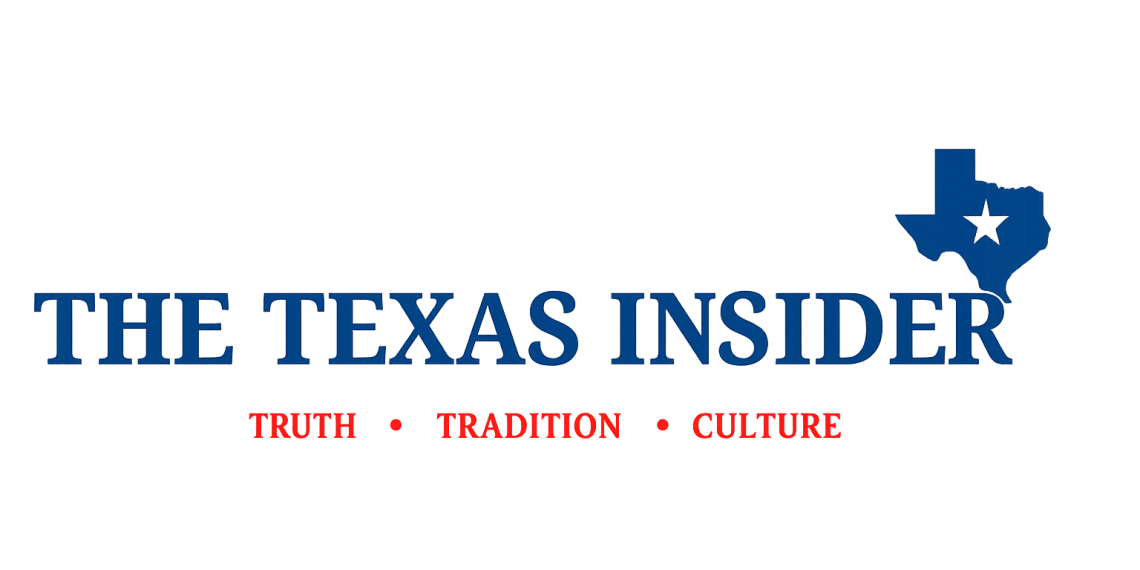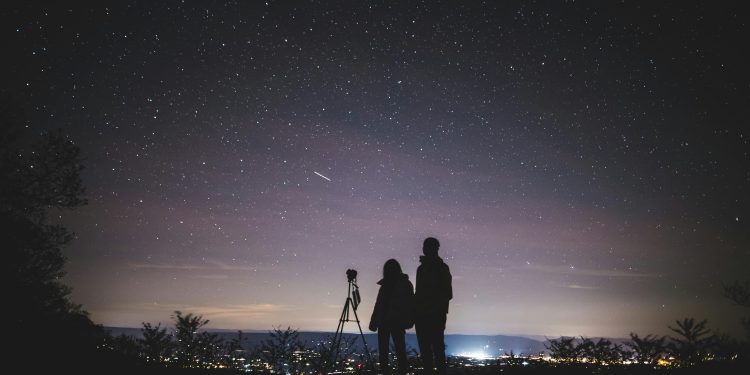As city lights dim in the distance, the stars shine brilliantly over many of Texas’ state parks, offering a front-row seat to one of nature’s most awe-inspiring shows. From the sweeping glow of the Milky Way to the dance of constellations and the occasional sighting of planets or the International Space Station, Texas parks are increasingly becoming sanctuaries for stargazers.
For those craving a quiet, humbling experience under a canvas of stars, the Texas Parks and Wildlife Department (TPWD) encourages everyone to step away from the noise and look up.
“It’s a powerful moment when your eyes adjust to the dark and the sky opens up,” said a TPWD spokesperson. “You realize just how vast and beautiful the universe is—and how small we really are in it. It’s a feeling that no screen or city skyline can replicate.”
Top Texas Parks for Stargazing
While all Texas state parks offer opportunities to enjoy nature both day and night, several stand out for their exceptionally dark skies and stargazing programs. Some parks even boast nearby observatories or have received prestigious designations as International Dark Sky Parks and Sanctuaries.
Parks with Observatories Nearby
-
Brazos Bend State Park – Home to the George Observatory, this park provides telescope access and public star parties.
-
Davis Mountains and Indian Lodge State Parks – Just miles from the world-renowned McDonald Observatory.
-
Resaca de la Palma State Park – A hidden gem near Brownsville with night sky visibility and birding by day.
Official International Dark Sky Parks
These parks are globally recognized for their exceptionally dark skies and conservation efforts:
-
Big Bend Ranch State Park (West Texas)
-
Copper Breaks State Park (Panhandle Plains)
-
Enchanted Rock State Park (Hill Country)
-
South Llano River State Park (Hill Country)
International Dark Sky Sanctuary
-
Devils River State Natural Area – Remote, rugged, and deeply serene, this sanctuary offers one of the darkest skies in the state—and the world.
Bortle Scale: Where the Darkness Matters
The Bortle Scale ranks night skies based on light pollution, with Class 1 being the darkest. Parks across Texas fall into Classes 1 through 3, providing excellent options for clear-sky viewing:
Class 1 (Darkest Skies):
-
Big Bend Ranch State Park
Class 2 (Very Dark Skies):
-
Barton Warnock Visitor Center
-
Caprock Canyons State Park
-
Copper Breaks State Park
-
Devil’s Sinkhole State Natural Area
-
Devils River State Natural Area
-
Kickapoo Cavern State Park
-
Seminole Canyon State Park
Class 3 (Dark Skies):
-
Davis Mountains State Park
-
Enchanted Rock State Natural Area
-
Garner State Park
-
Lost Maples State Natural Area
-
Mission Tejas State Park
-
Colorado Bend State Park
-
South Llano River State Park
Tips for the Best Stargazing Experience
-
Give your eyes time to adjust: It can take up to 30 minutes to fully adjust to the dark.
-
Avoid bright lights: Use red flashlights or cover your phone screen with red cellophane.
-
Bring a blanket or reclining chair: Lie back and look up in comfort.
-
Check the moon phase: New moons provide the darkest skies.
-
Use apps or sky maps: Identify constellations and planets with free stargazing tools.




